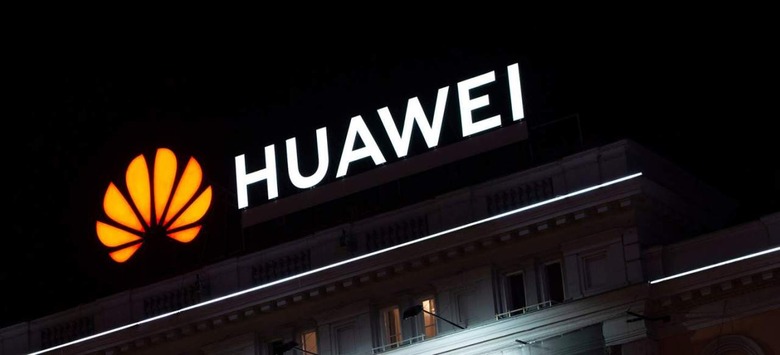Carriers Want $5.6 Billion From FCC To 'Rip And Replace' Huawei, ZTE
One of the fallouts of the ongoing U.S.-China trade war was the 2019 Federal Communications Commission (FCC) decision to 'rip and replace' Chinese telecommunications equipment from companies like Huawei and ZTE with competing equipment from 'safer' vendors. To incentivize this, the U.S. Congress, in 2021, voted on a first-of-its-kind supply chain reimbursement program.
The goal of this program was to reimburse smaller U.S. carriers the cost of dismantling China-made equipment – this being the same equipment that the U.S. Government considered a threat to national security. The FCC, in 2021, estimated this exercise to cost them almost $1.8 billion, and they coaxed the U.S. Congress into approving a $1.9 billion budget to fund the entire exercise.
However, a recent notification (via Twitter) by FCC chairwoman Jessica Rosenworcel estimates that the FCC's initial figure of $1.9 billion was way off. After receiving more than 181 applications from affected carriers – most of which are still being reviewed – the FCC has now arrived at a revised estimate of $5.6 billion for this entire "rip and replace" exercise. This is almost three times the initial estimate and will almost certainly ruffle a few feathers at the U.S. Congress.
Will Congress approve?
Even though the FCC has revised the estimate for this entire exercise, it is for the U.S. Congress to approve a final figure. The FCC has already announced its intention (PDF) to "work with the congress" to ensure the funding demands are met, which means they are likely to push forth with the $5.6 billion funding demand.
"While we have more work to do to review these applications, I look forward to working with Congress to ensure that there is enough funding available for this program to advance Congress's security goals and ensure that America will continue to lead the way on 5G security," the FCC chief said in a statement to the press.
As things stand today, the FCC simply does not have enough money to pay for all the reimbursement requests, and even if all the applications are not approved, the final amount will almost certainly zoom past the initial $1.9 billion estimate.
What has happened so far?
The U.S. Government's crackdown on several Chinese technology companies is part of the larger U.S.-China trade war that has been underway for close to four years now. The U.S. government's security concerns surrounding Chinese companies stem from the fact that these businesses are legally required to "support" the Chinese government. In the case of Huawei, its founder Ren Zhengfei was a prominent member of the Chinese military, and the company has also been at the receiving end of multiple IP theft allegations.
Huawei's questionable history and meteoric growth made several U.S. officials wary about the company's real intentions. Its close ties to the Chinese military also raised concerns of it being an extension of China's spying apparatus. It was during the tenure of former President Donald Trump that several Chinese firms were banned from doing business with U.S. companies. Apart from completely decimating Huawei's consumer business (the division that makes Huawei smartphones), this decision effectively blocked Huawei (and ZTE) from working with U.S. carriers — most of which were relatively smaller companies that opted for Huawei and ZTE equipment simply because they were cheaper to source.
In is interesting to note that to be eligible for the FCC-funded reimbursements, the affected telecom companies should have a customer base of 10 million or lower (via CNBC). These companies should also have sourced Huawei/ ZTE equipment prior to June 30, 2020.


